Reclaiming a Slope from Junky Stuff, Weeds
msa62001
16 years ago
Featured Answer
Sort by:Oldest
Comments (8)
Saypoint zone 6 CT
16 years agokarinl
16 years agoRelated Professionals
Zion Landscape Architects & Landscape Designers · Brookside Landscape Contractors · Cliffside Park Landscape Contractors · Fort Payne Landscape Contractors · Golden Gate Landscape Contractors · Harrisburg Landscape Contractors · Saint John Landscape Contractors · South Lake Tahoe Landscape Contractors · Teaneck Landscape Contractors · Waldorf Landscape Contractors · San Pablo Landscape Contractors · Inwood Decks, Patios & Outdoor Enclosures · Quincy Decks, Patios & Outdoor Enclosures · Redlands Swimming Pool Builders · Summerlin South Swimming Pool Buildersmadtripper
16 years agomohavemaria
16 years agomjsee
16 years agojuliaw
16 years agogardengal48 (PNW Z8/9)
16 years ago
Related Stories

HOUZZ TOURSHouzz Tour: From Overgrown Weeds to Picturesque Farmhouse Expanse
This once-neglected 100-acre South Carolina site now features a lake, a wood-filled farmhouse and a far-reaching view
Full Story
EDIBLE GARDENSNatural Ways to Get Rid of Weeds in Your Garden
Use these techniques to help prevent the spread of weeds and to learn about your soil
Full Story
GARDENING GUIDESGreat Design Plant: Bugle Weed, a Quick Ground Cover
It’s highly adaptable, suppresses weeds, reduces erosion and provide weeks of bright flowers. Just watch for invasiveness
Full Story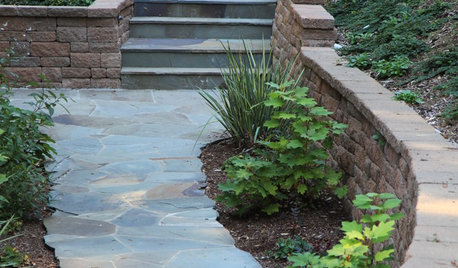
GARDENING AND LANDSCAPINGSteeply Beautiful Slope Retention
Don't let things slide or give in to sandbags and cement. These slope retention ideas will keep your landscape hitting the high notes
Full Story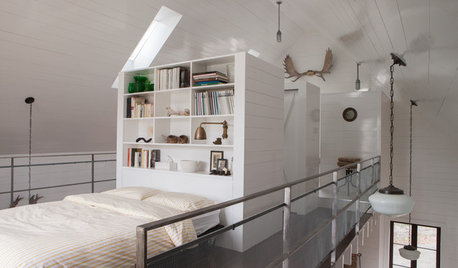
BEDROOMSGet More From Your Bed (Storage, for Starters)
Find space for all your stuff — and maybe even a seat, a writing desk or another sleep spot — by cozying up to a multipurpose bed
Full Story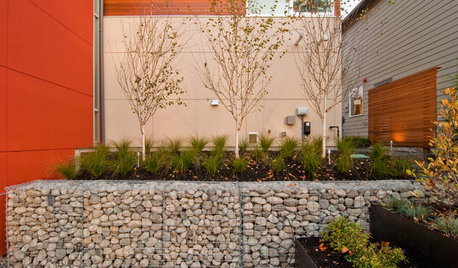
LANDSCAPE DESIGNGarden Walls: Gabion Evolves From Functional to Fabulous
The permeable rock-, concrete- or glass-filled steel cages are showing up as retaining walls, planters, benches and more
Full Story
INDUSTRIAL STYLEMy Houzz: From Raw Space to Hip Home in a Converted Utah Garage
Creative repurposing with an industrial edge defines the first home of an engaged couple in Salt Lake City
Full Story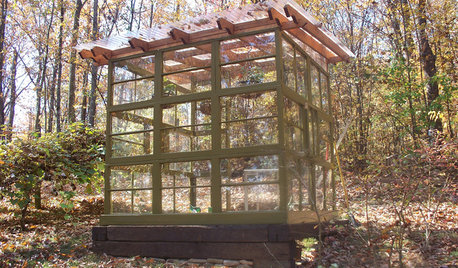
GARDENING AND LANDSCAPINGSee a Family Greenhouse Grown From Scraps
Can-do resourcefulness and less than $400 lead to a new 8- by 8-foot home for plants on a Tennessee family's property
Full Story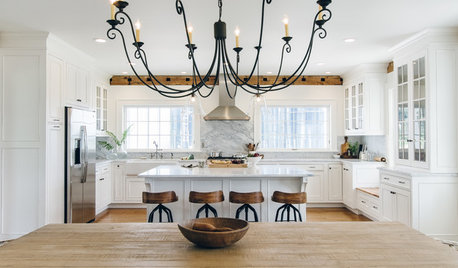
WHITE KITCHENS4 Dreamy White-and-Wood Kitchens to Learn From
White too bright in your kitchen? Introduce wood beams, countertops, furniture and more
Full Story
DECORATING GUIDES10 Design Tips Learned From the Worst Advice Ever
If these Houzzers’ tales don’t bolster the courage of your design convictions, nothing will
Full Story





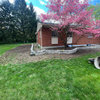

juudyshouse2012